Membrane Transporter/Ion Channel
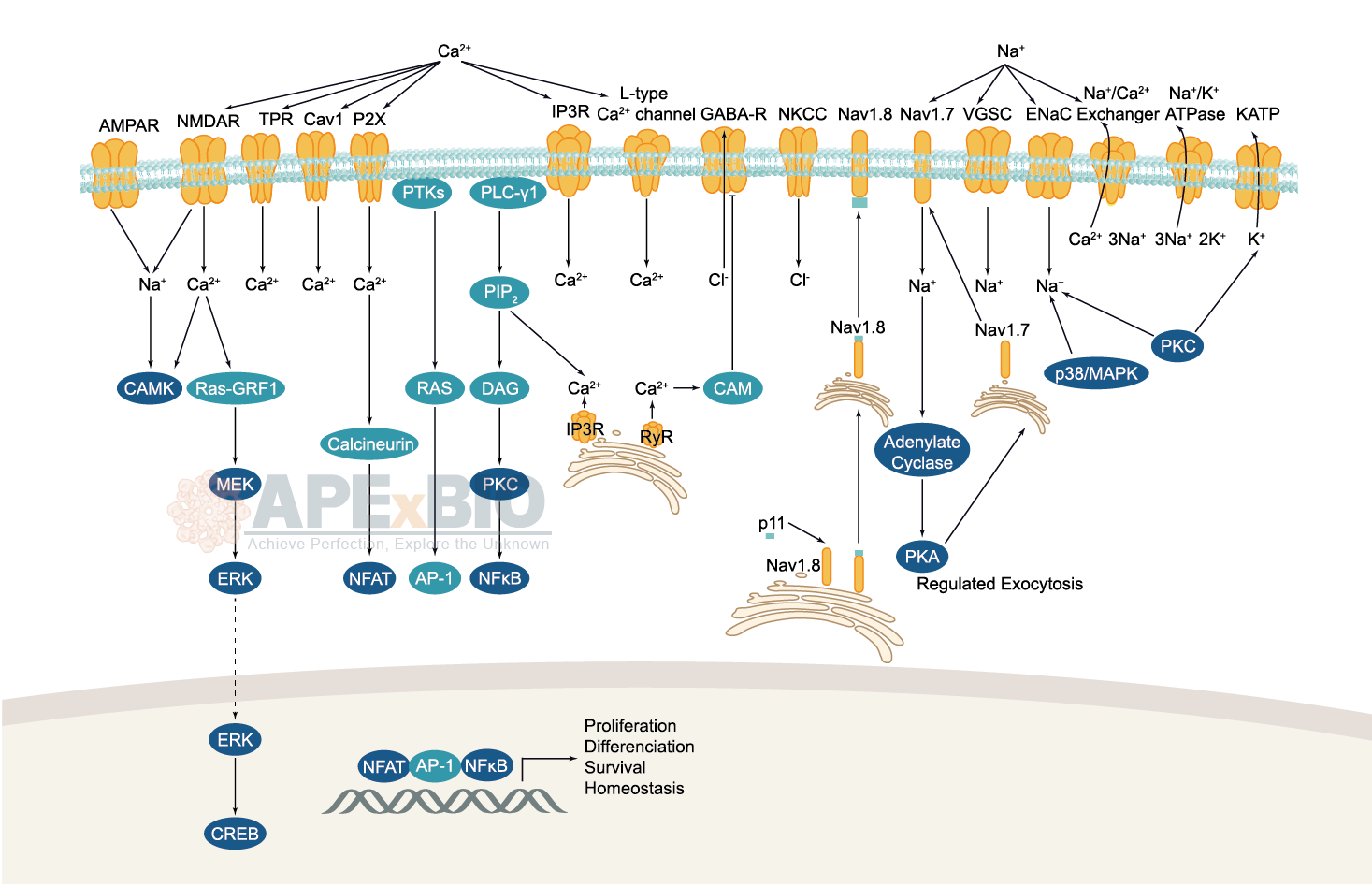
Ion channels are pore-forming membrane proteins which allow the flow of ions across the membrane. The ion channels can be broadly grouped into six families including calcium channels, chloride channels, potassium channels, sodium channels, gap junction proteins and porins. Not all ion channels are gated, such as certain type of K+ and Cl– channels, transient receptor potential superfamily of cation channels, the ryanodine receptors and the IP3 receptors, but most Na+, K+, Ca2+ and some Cl– channels are all gated by voltage. Ligand-gated channels are regulated in response to ligand binding (e.g. neurotransmitters signaling). These ligand-gated neurotransmitter receptors are known as ionotropic receptors. Various neurotransmitters couple to ionotropic receptors such as glutamate, acetylcholine, glycine, GABA, and serotonin.
-
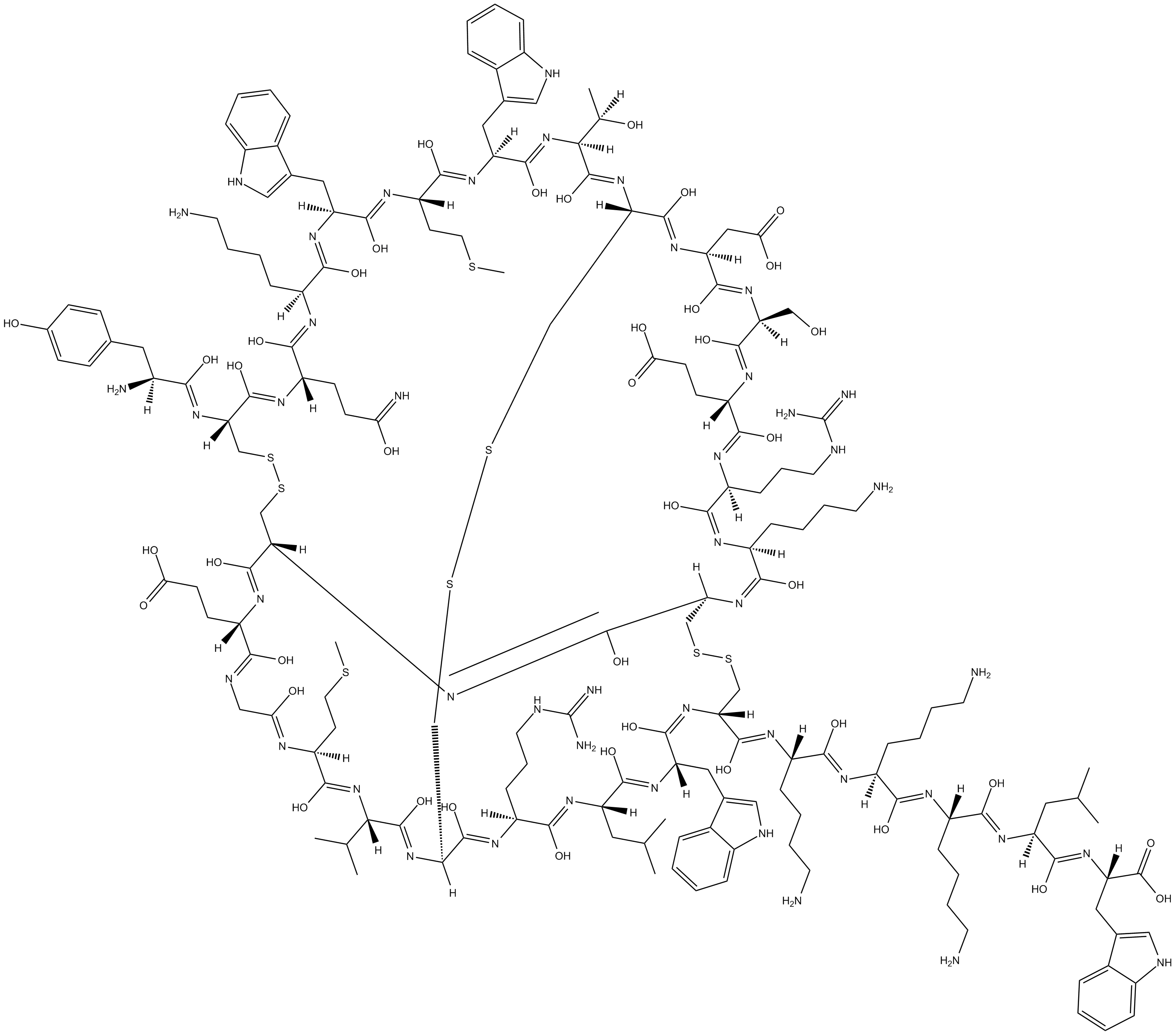 B5515 ProTx IITarget: Voltage-gated Sodium (NaV) ChannelsSummary: NaV1.7 channel blocker
B5515 ProTx IITarget: Voltage-gated Sodium (NaV) ChannelsSummary: NaV1.7 channel blocker -
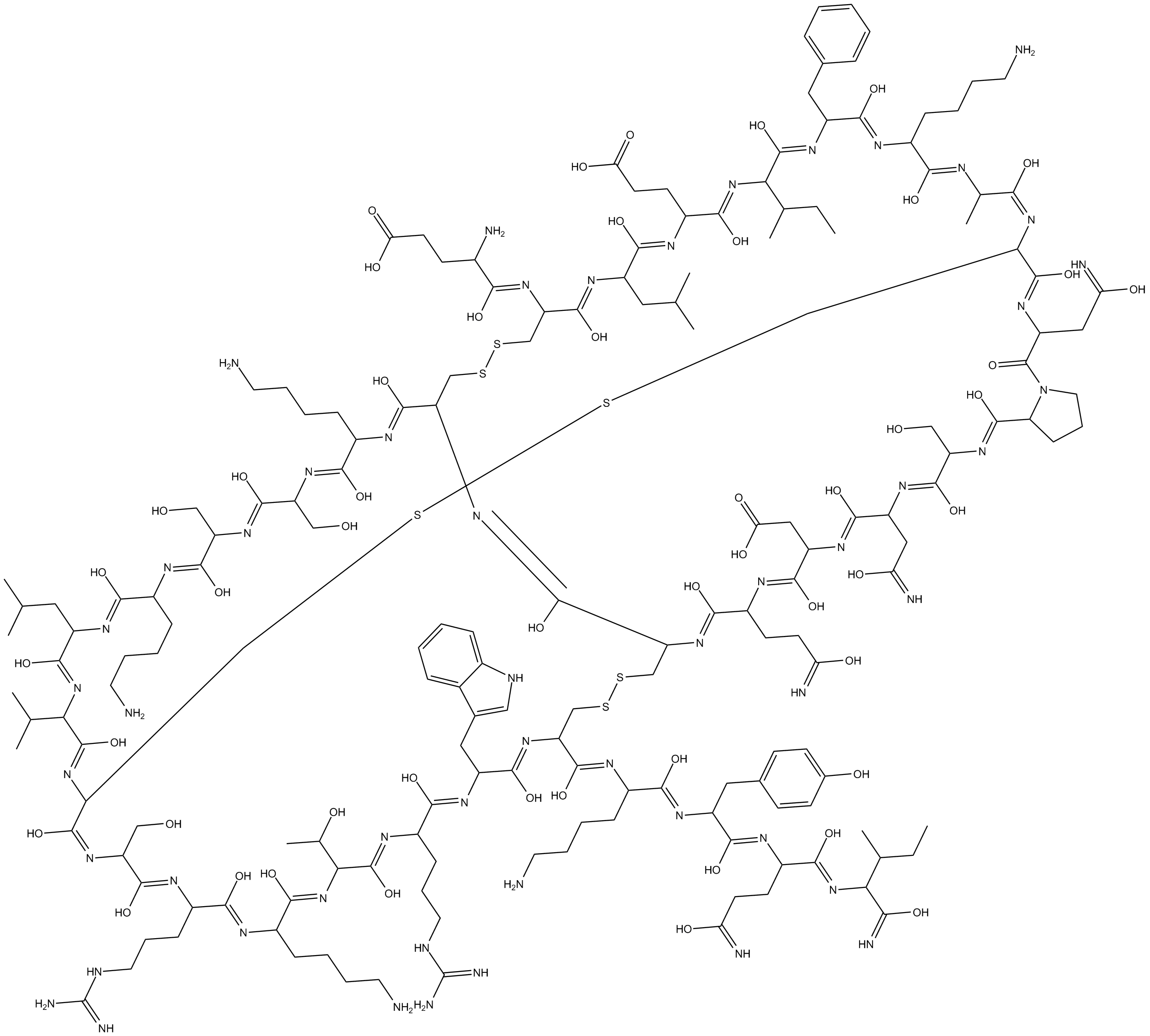 B5693 Huwentoxin IVSummary: NaV1.7 channel blocker
B5693 Huwentoxin IVSummary: NaV1.7 channel blocker -
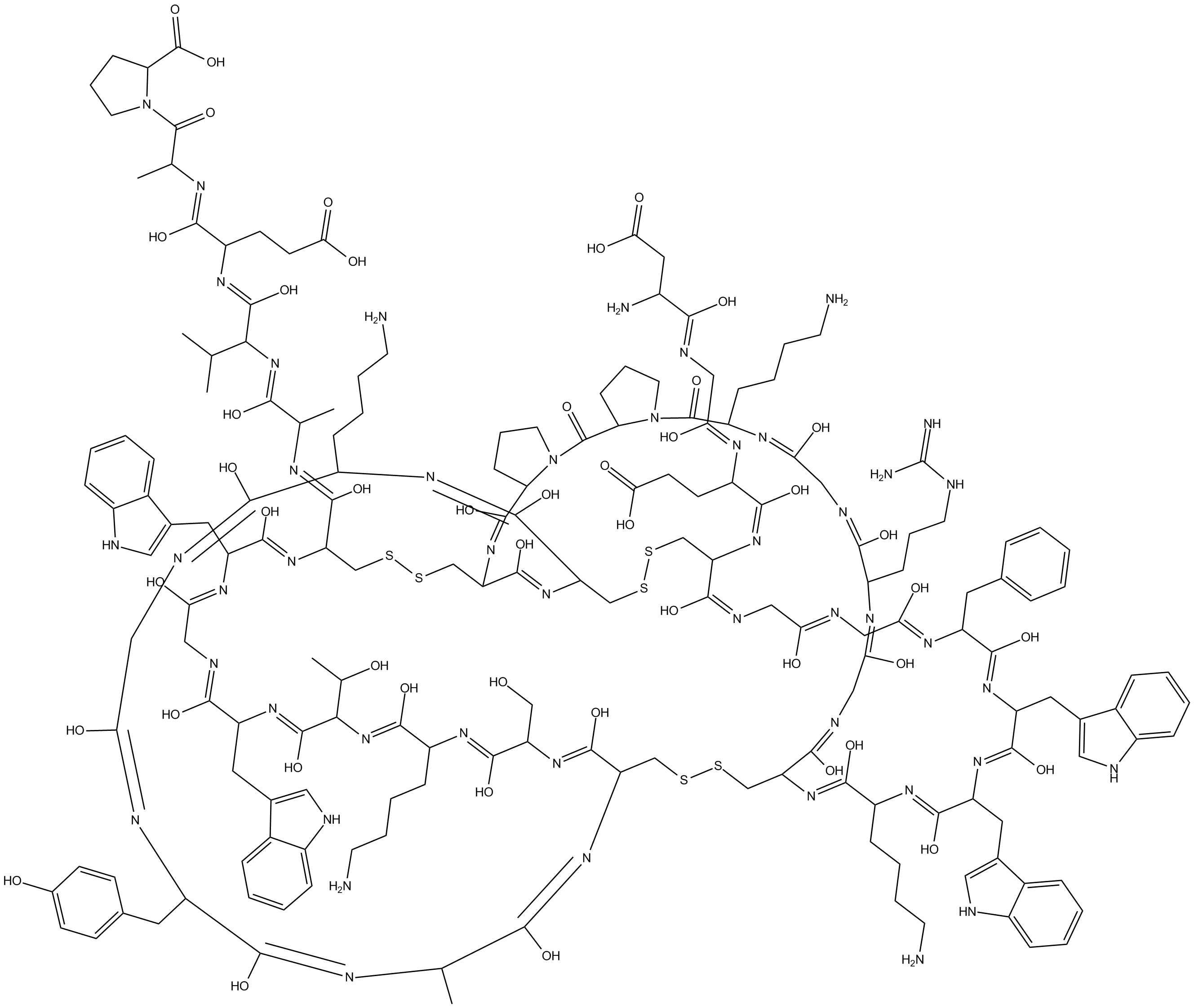 B5763 Jingzhaotoxin IIISummary: NaV1.5 channels blocker
B5763 Jingzhaotoxin IIISummary: NaV1.5 channels blocker -
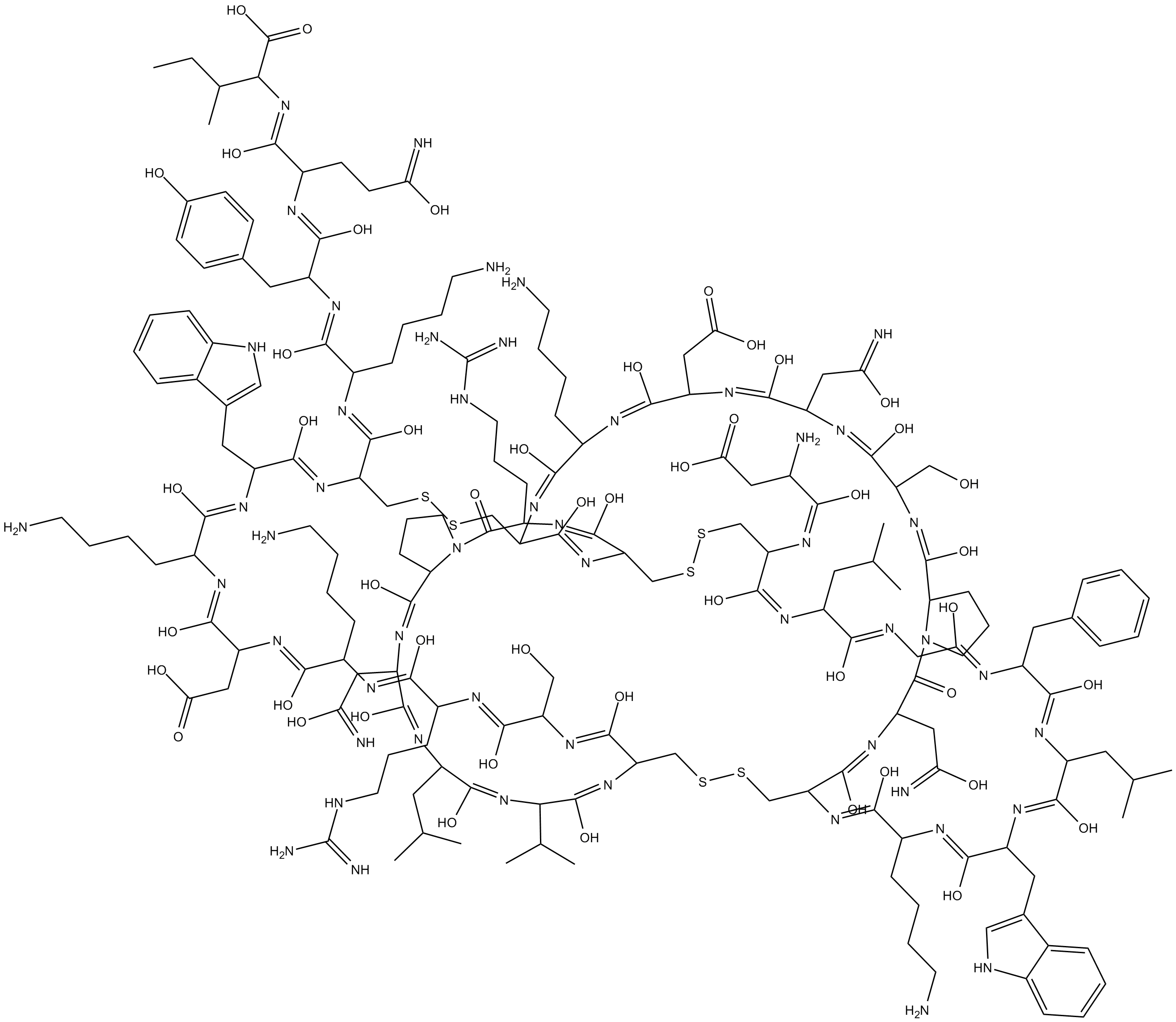 B5764 Phrixotoxin 3Summary: voltage-gated sodium channels blocker
B5764 Phrixotoxin 3Summary: voltage-gated sodium channels blocker -
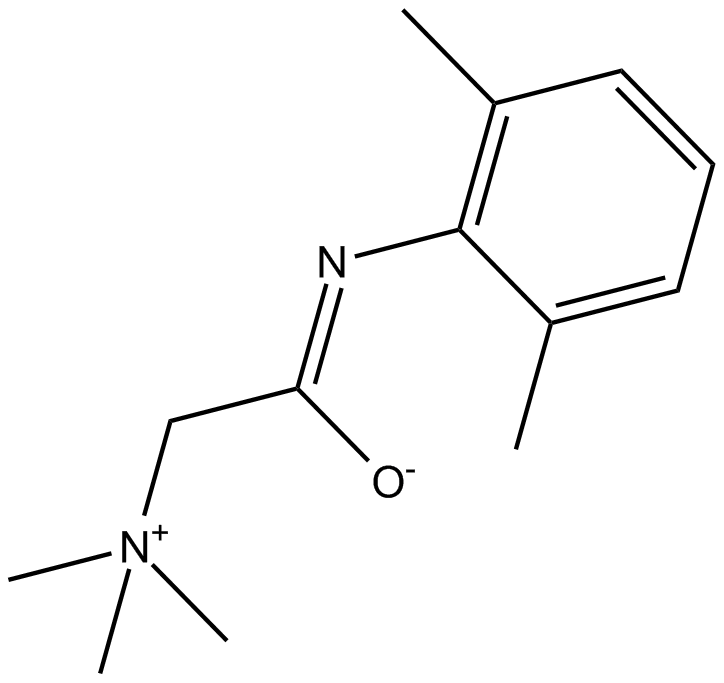 B6565 QX 222Summary: Sodium channel blocker
B6565 QX 222Summary: Sodium channel blocker -
 B7135 Co 102862Summary: voltage-gated sodium channel blocker
B7135 Co 102862Summary: voltage-gated sodium channel blocker -
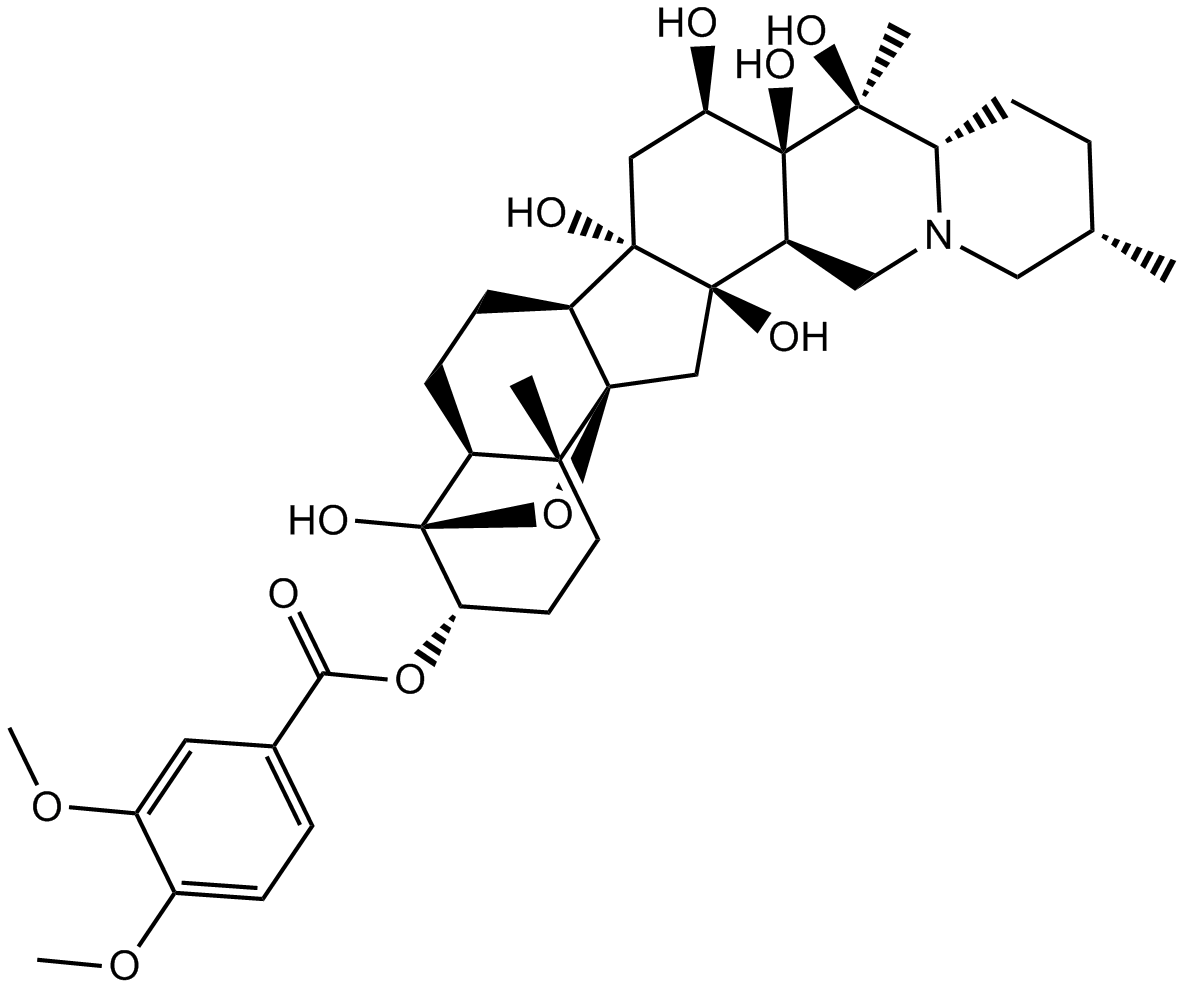 B7219 VeratridineSummary: Voltage-gated Na+ channel opener
B7219 VeratridineSummary: Voltage-gated Na+ channel opener -
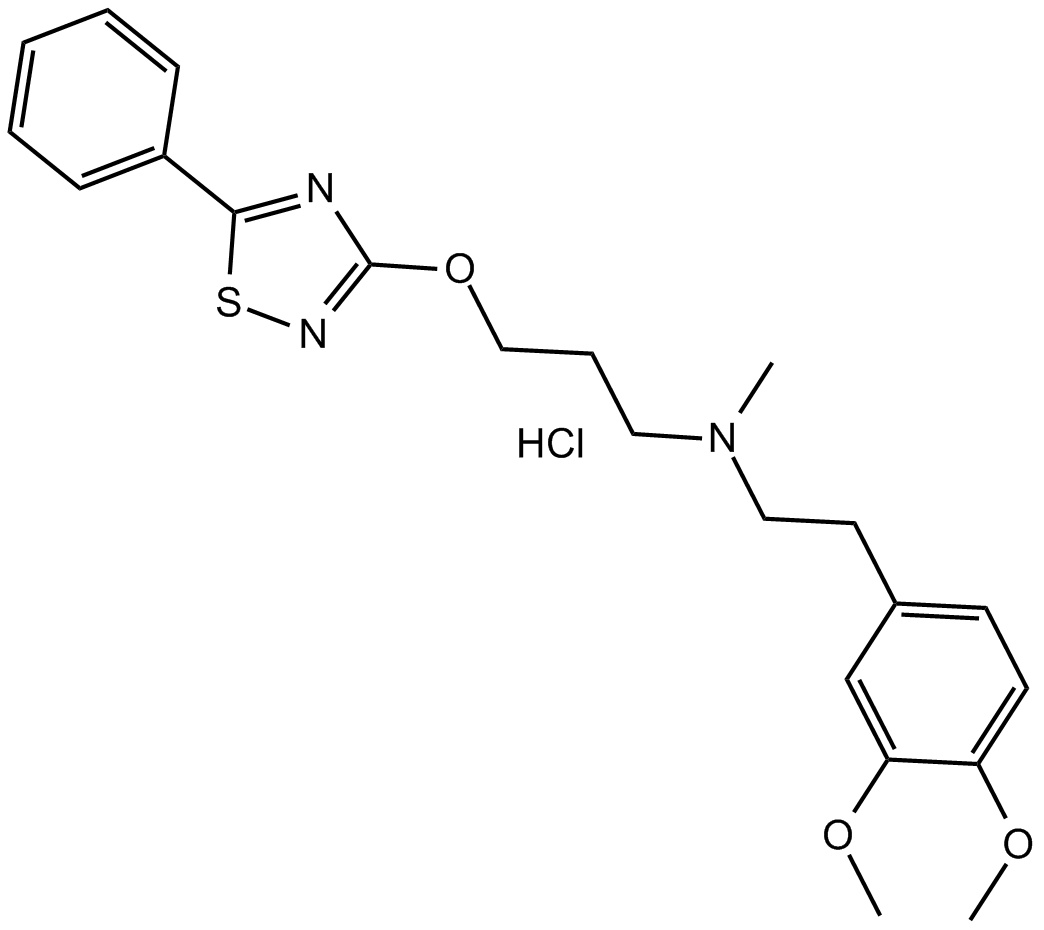 B7332 KC 12291 hydrochlorideSummary: voltage-gated sodium channel blocker
B7332 KC 12291 hydrochlorideSummary: voltage-gated sodium channel blocker -
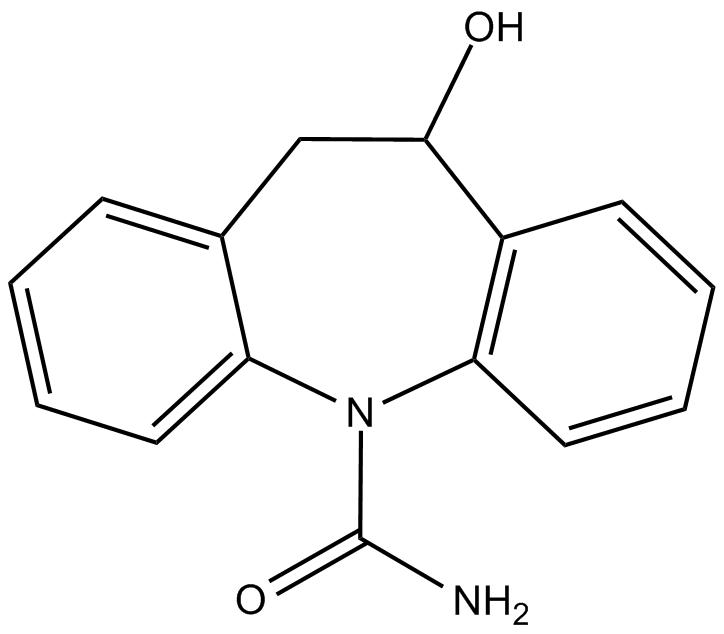 B7517 LicarbazepineSummary: voltage-gated sodium channel blocker
B7517 LicarbazepineSummary: voltage-gated sodium channel blocker -
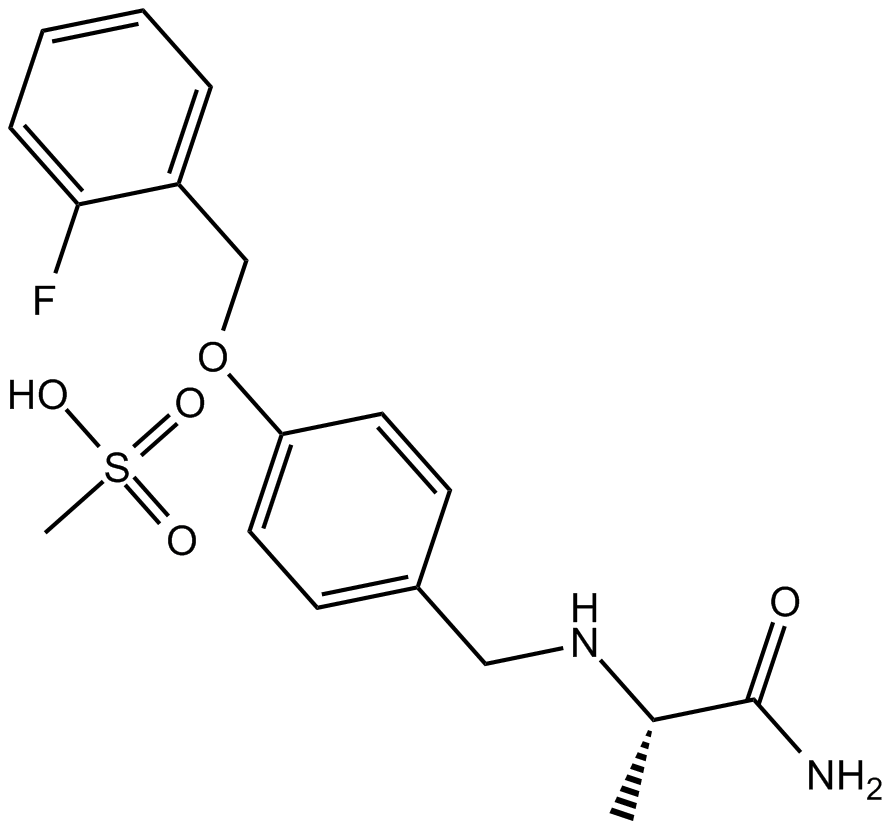 B7569 Ralfinamide mesylateSummary: Sodium channel blocker
B7569 Ralfinamide mesylateSummary: Sodium channel blocker

